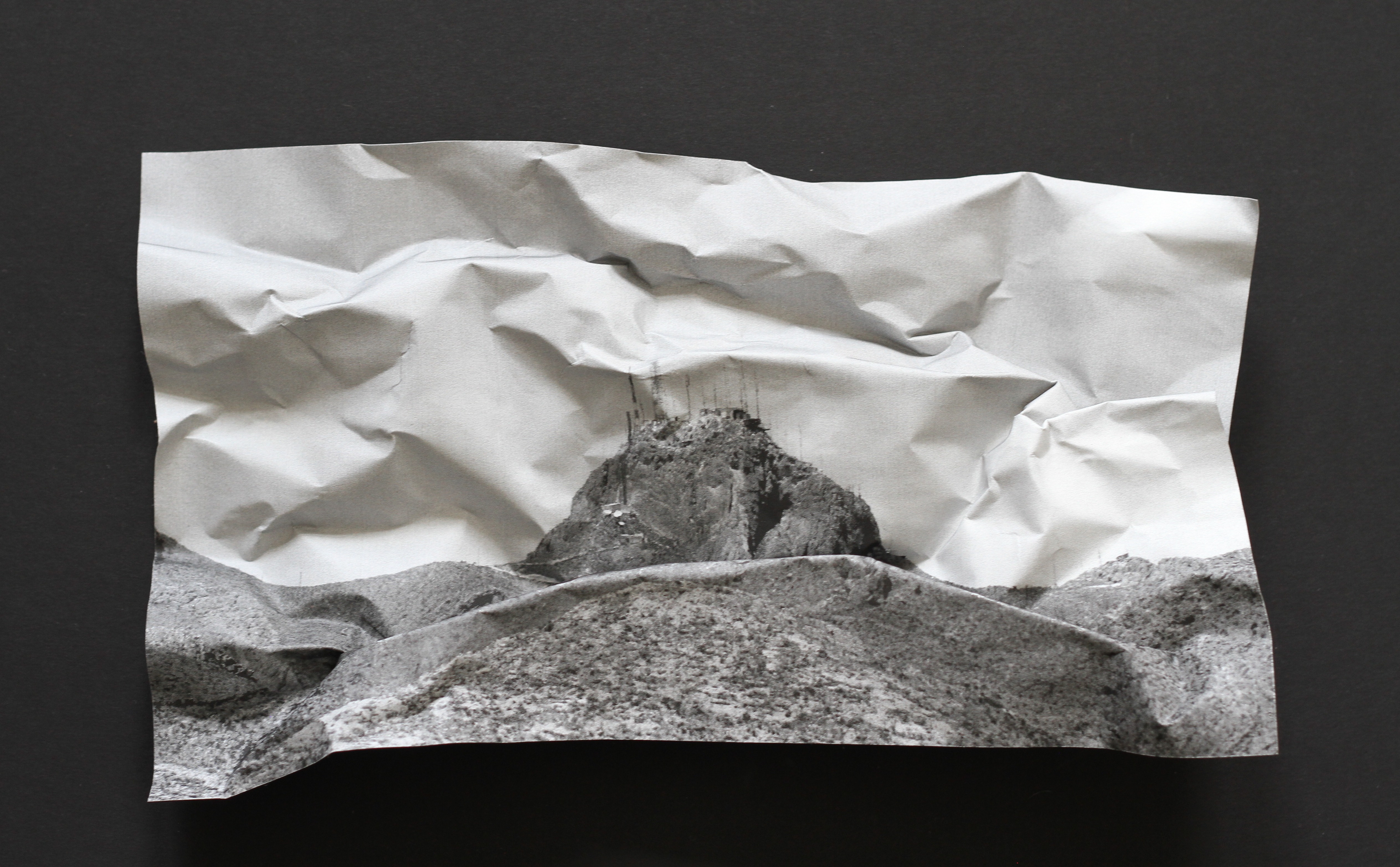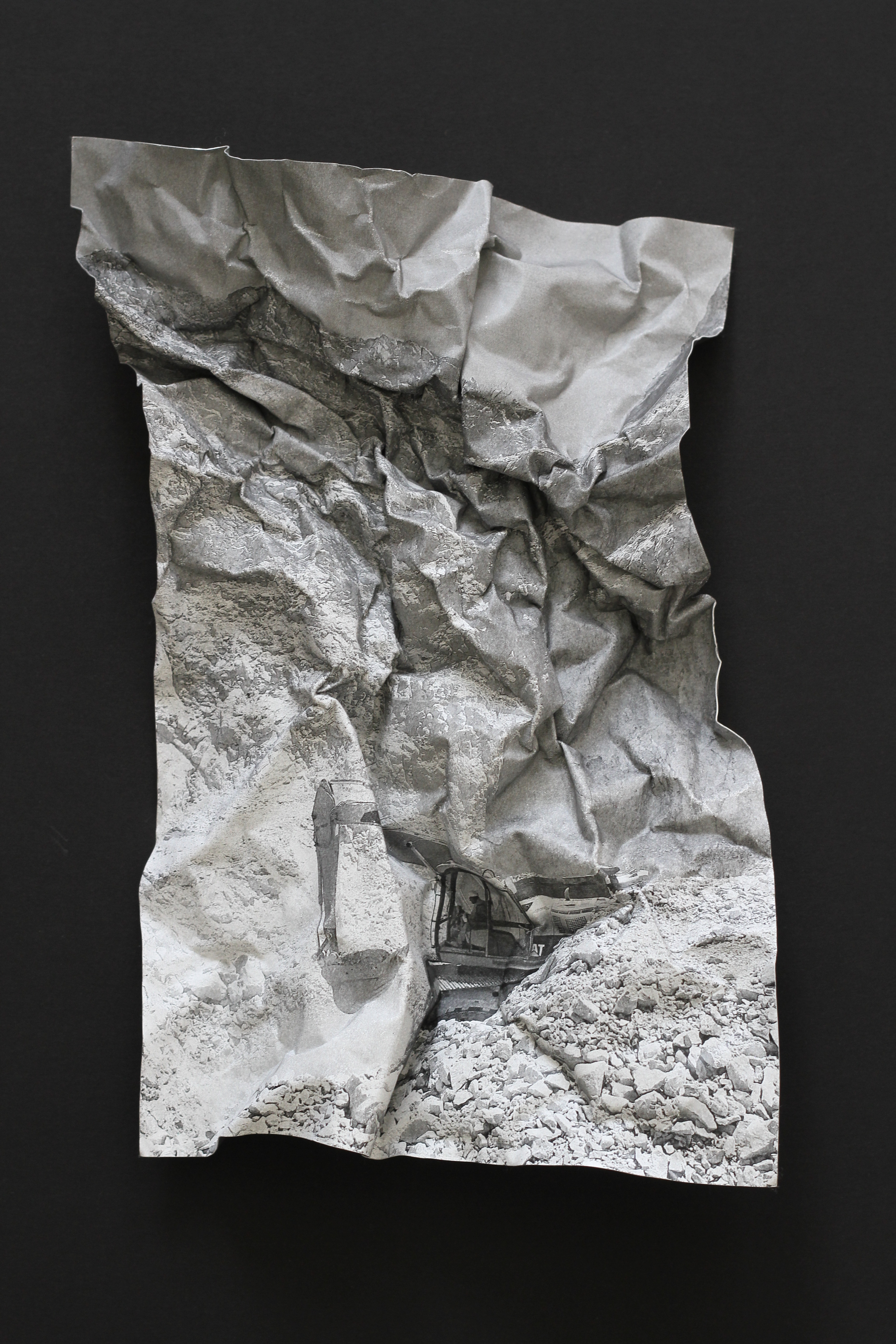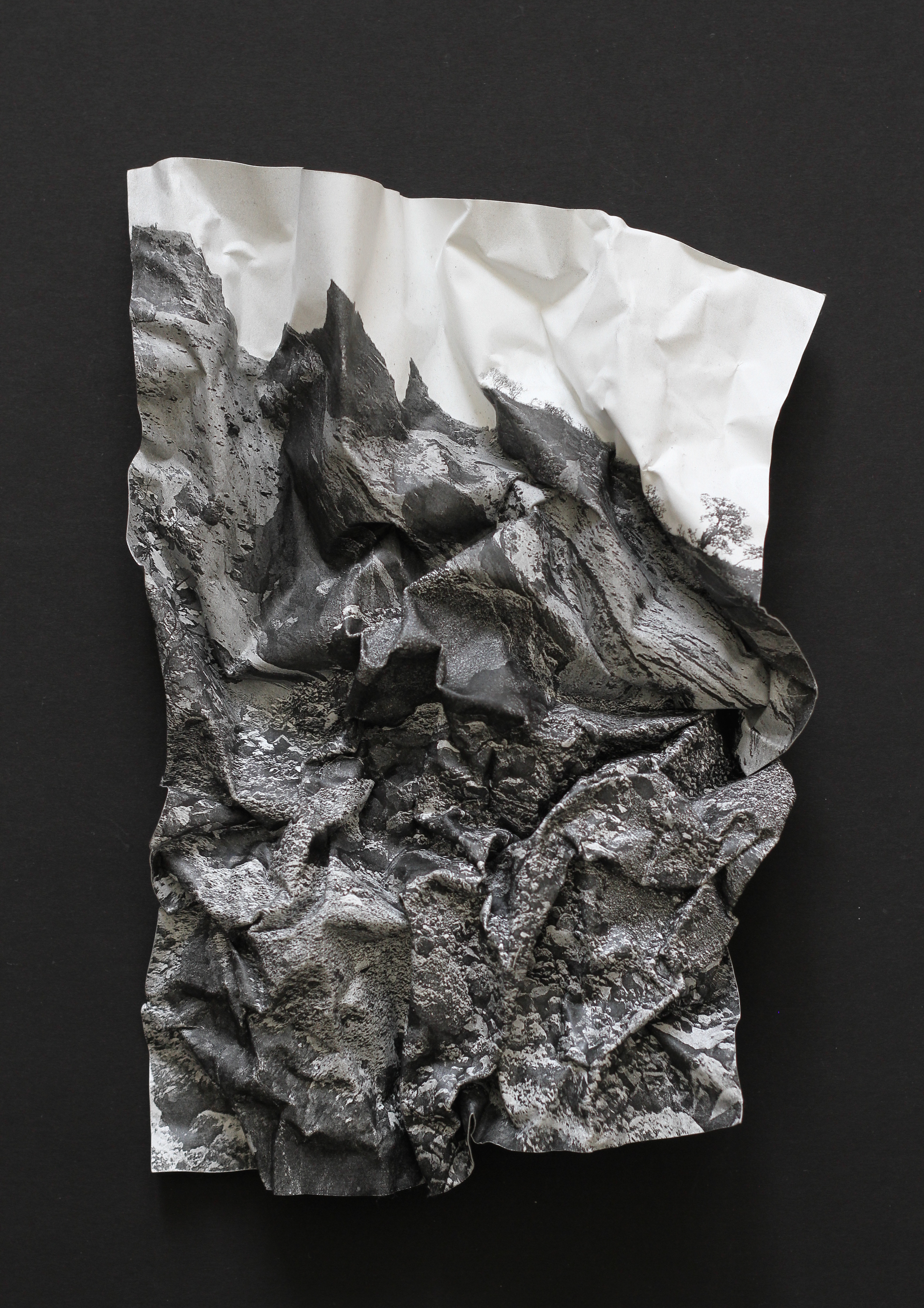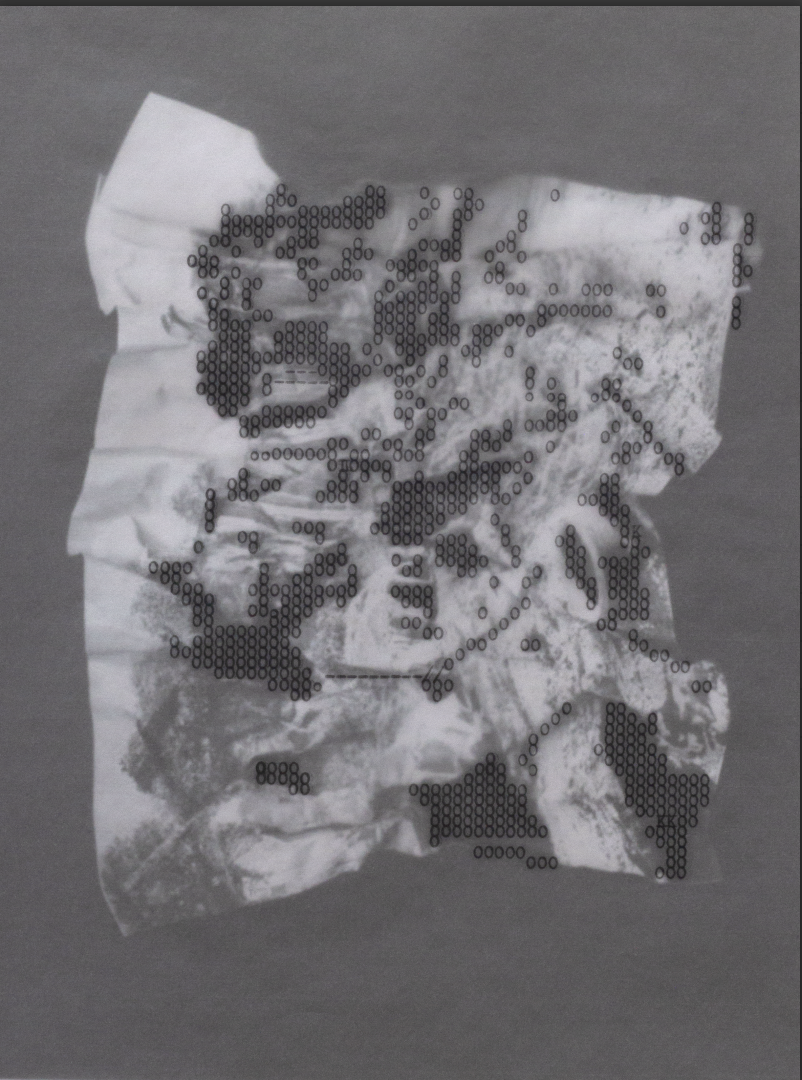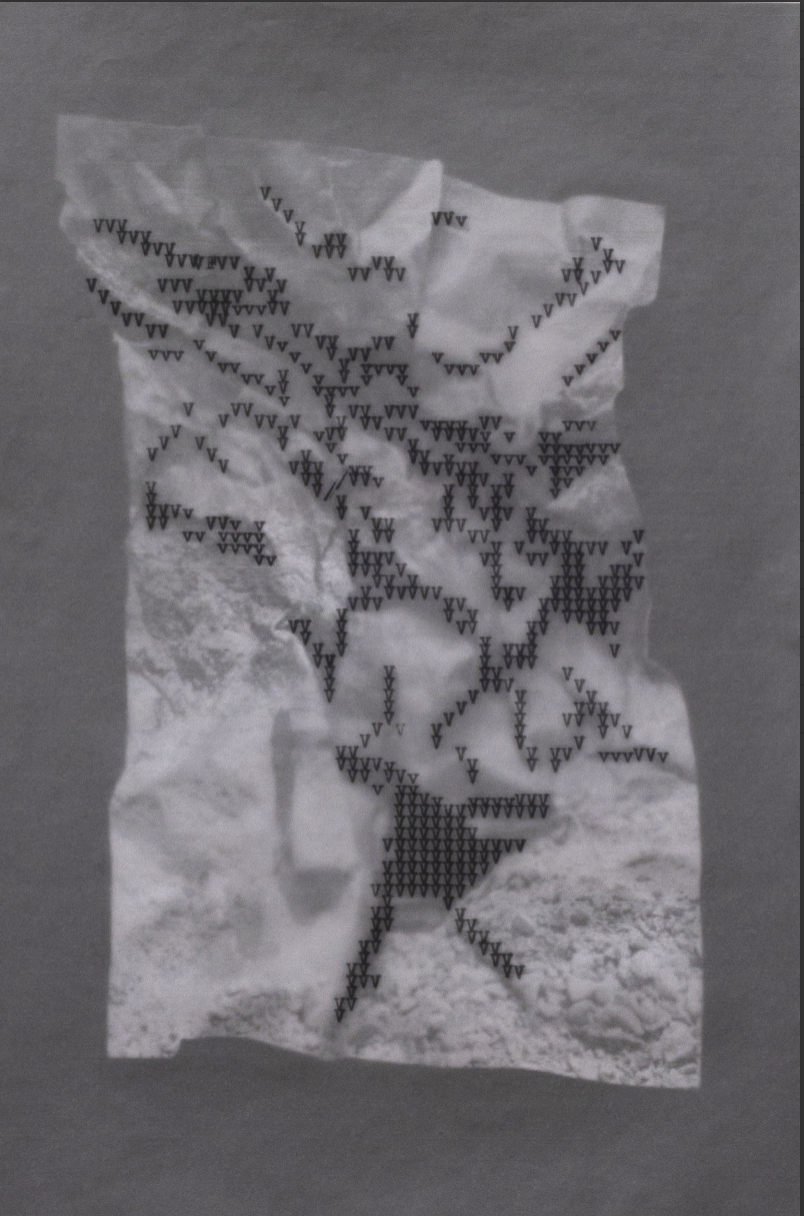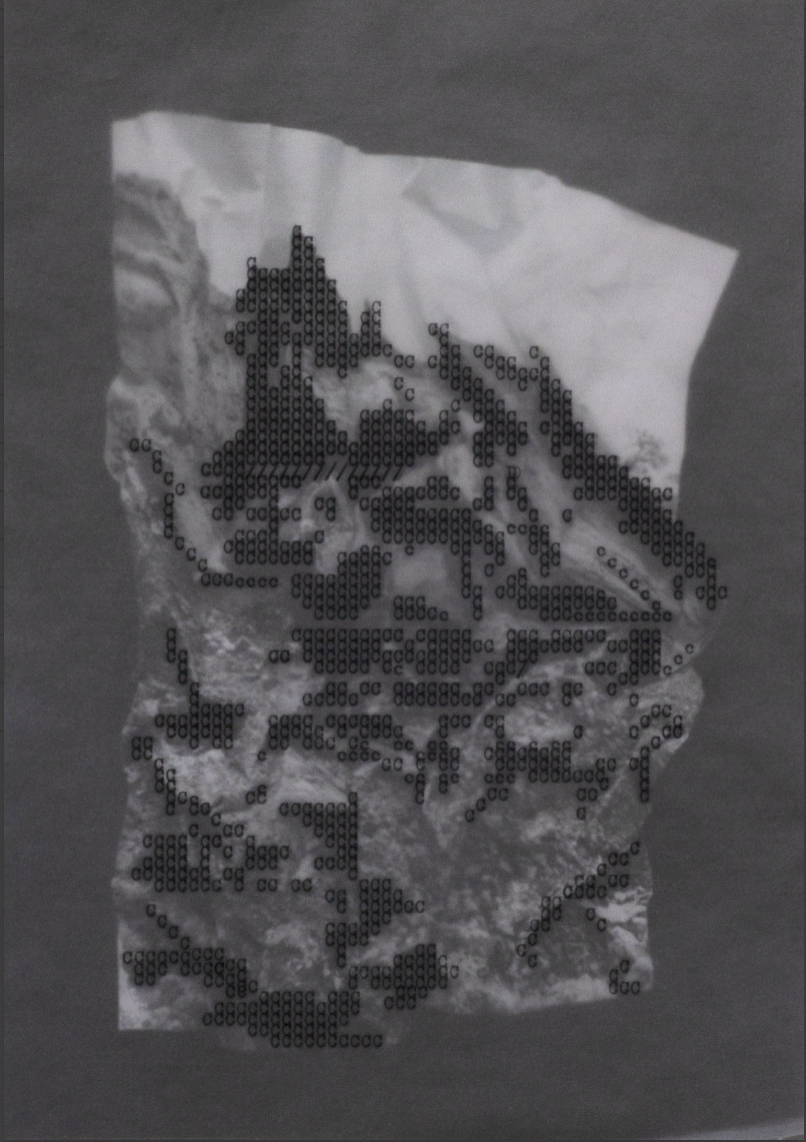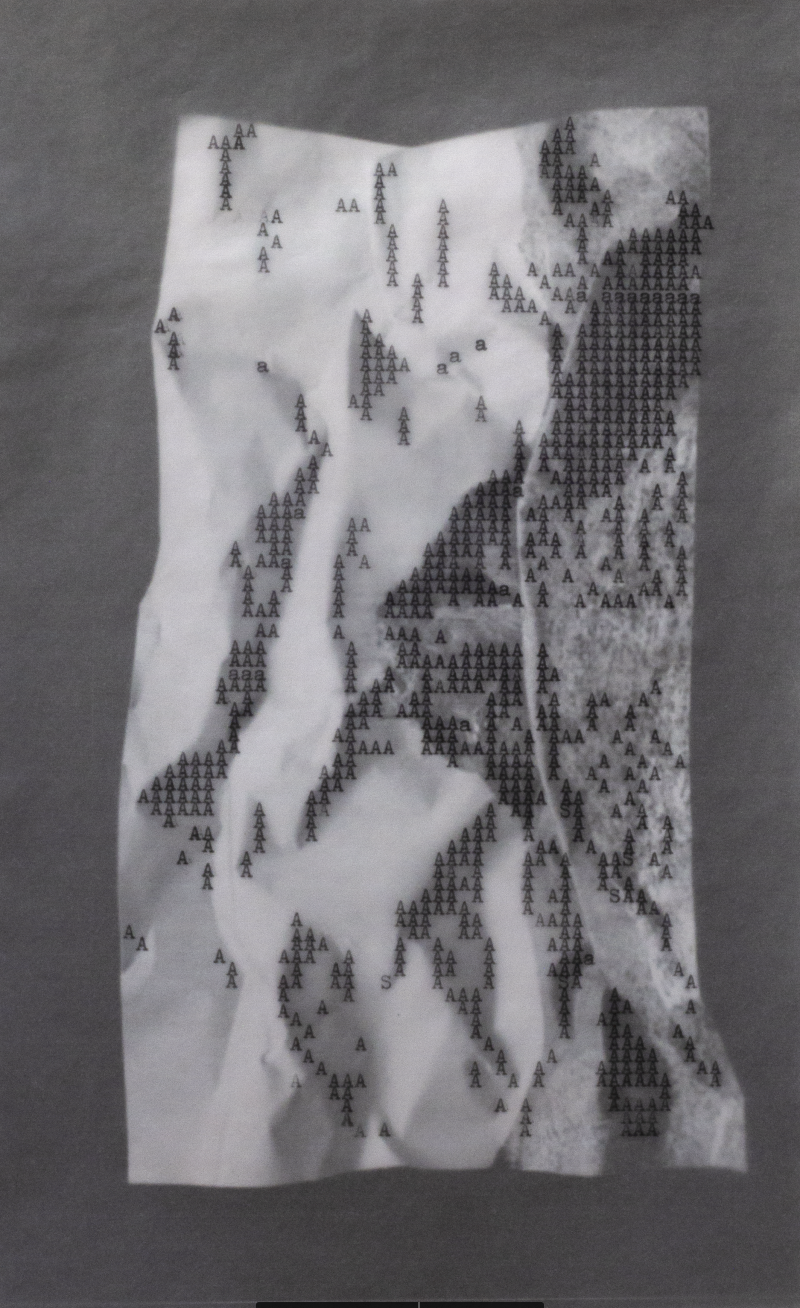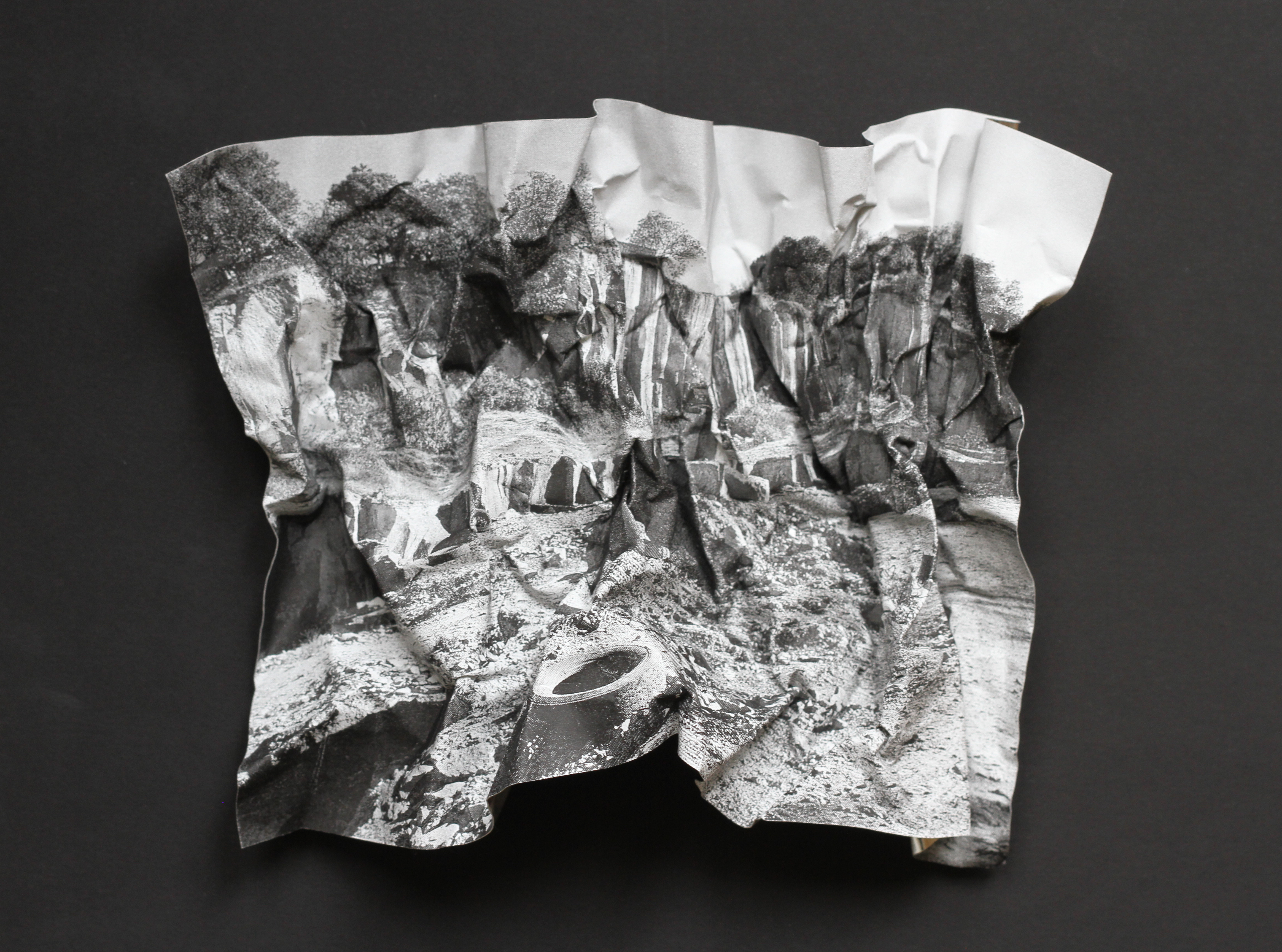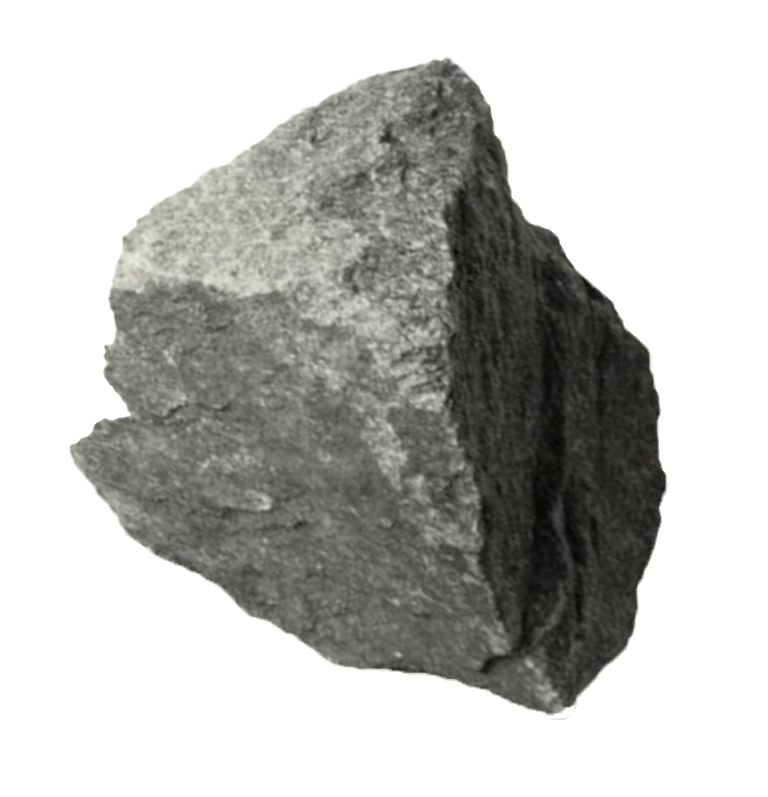VACÍO / Empty Landscapes
Pieza en colaboración con la artista Rachel Bacon
Pieza en colaboración con la artista Rachel Bacon
Human-centered observation results in human-centered demeanor: this anthropocentric logic has allowed human impact to demolish so many life worlds. We believe that a paradigm shift would require adding layers of observation that help us recognize the multiple (non-human) points of view towards the landscapes we inhabit.
We propose another kind of observation artifact, one that will help us look at the landscapes of extraction. Observing, representing, talking to, from, and about the landscape has become an important conversation, but we often fail to see the holes, the cracks, the shadows of the human impact on territories. We aim to look at these places, those that can be challenging to observe and comprehend.
This cadavre exquis created by Rachel Bacon and Materia Prima started from a conversation around the ways of looking at -and avoiding to see- the landscape. A dialogue that brought us yet another way of seeing each other through observing together; in John Berger’s words: “the reciprocal nature of vision is more fundamental than that of spoken dialogue”.
The following images represent the process of a collective -and extractive- 4-step observation:
(iv) the interpretation of
(iii) the intervention of
(ii) the selection of
(i) the register of
extractive landscapes.
The original images (i) belong to Materia Prima’s photographic archive of extraction sites in Mexico; the second series (ii) are the images selected and intervened by Rachel Bacon. The fold and unfold of the original images returned to Materia Prima as 2D representations with even darker spots (iii); these acted as the filigrees where letters could be placed: a palimpsest (iv) that makes room for the word VACIO - the spanish word for VOID.
If every image incorporates a way of seeing, this is our extractive proposal of seeing things through others’ ways of seeing, a way to obtain many images from the original one, as an attempt to unfold the observing space for otherwise unseen landscapes.
We propose another kind of observation artifact, one that will help us look at the landscapes of extraction. Observing, representing, talking to, from, and about the landscape has become an important conversation, but we often fail to see the holes, the cracks, the shadows of the human impact on territories. We aim to look at these places, those that can be challenging to observe and comprehend.
This cadavre exquis created by Rachel Bacon and Materia Prima started from a conversation around the ways of looking at -and avoiding to see- the landscape. A dialogue that brought us yet another way of seeing each other through observing together; in John Berger’s words: “the reciprocal nature of vision is more fundamental than that of spoken dialogue”.
The following images represent the process of a collective -and extractive- 4-step observation:
(iv) the interpretation of
(iii) the intervention of
(ii) the selection of
(i) the register of
extractive landscapes.
The original images (i) belong to Materia Prima’s photographic archive of extraction sites in Mexico; the second series (ii) are the images selected and intervened by Rachel Bacon. The fold and unfold of the original images returned to Materia Prima as 2D representations with even darker spots (iii); these acted as the filigrees where letters could be placed: a palimpsest (iv) that makes room for the word VACIO - the spanish word for VOID.
If every image incorporates a way of seeing, this is our extractive proposal of seeing things through others’ ways of seeing, a way to obtain many images from the original one, as an attempt to unfold the observing space for otherwise unseen landscapes.

